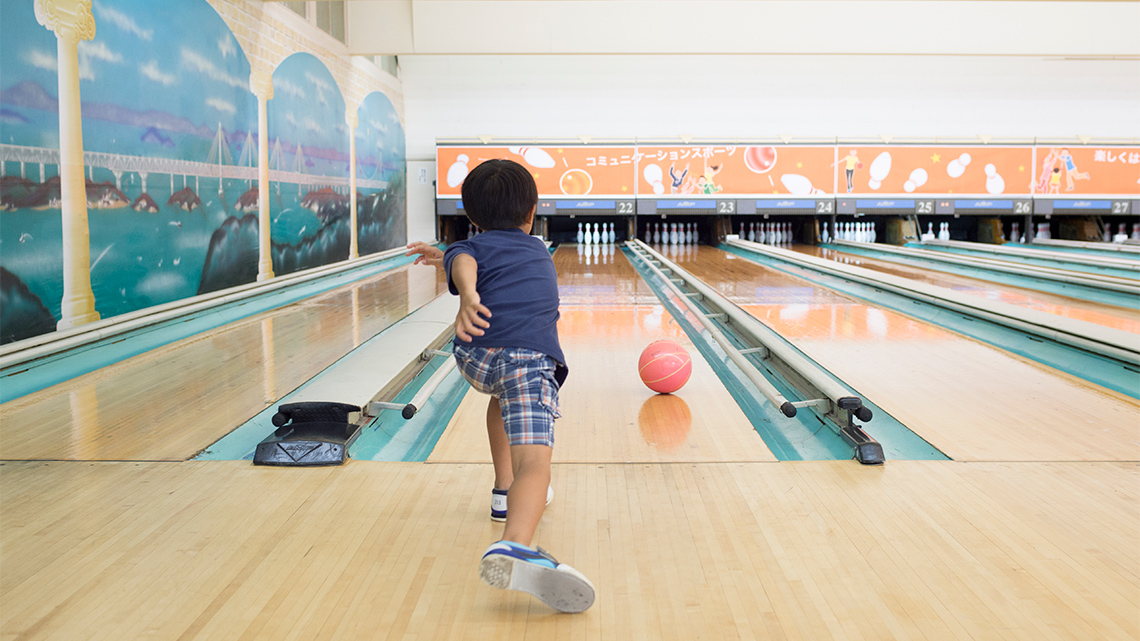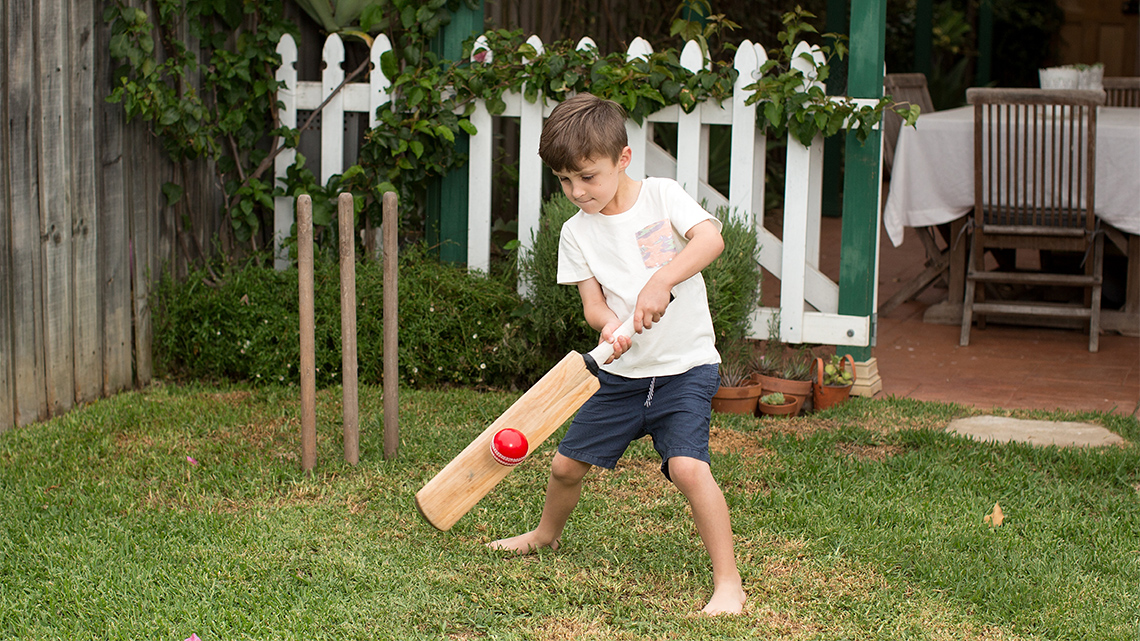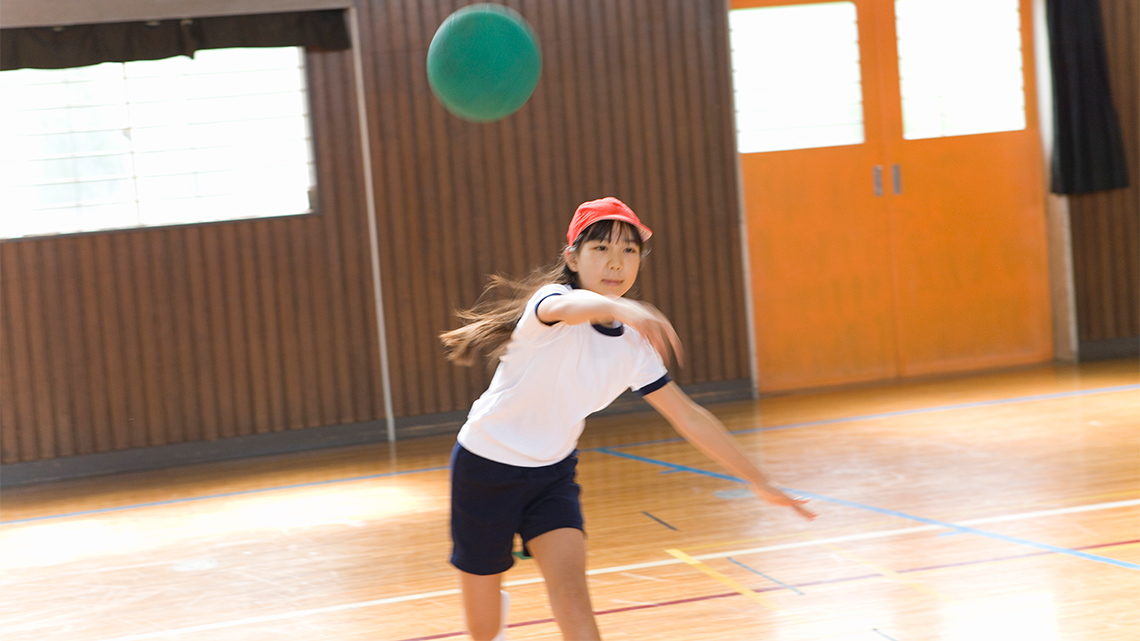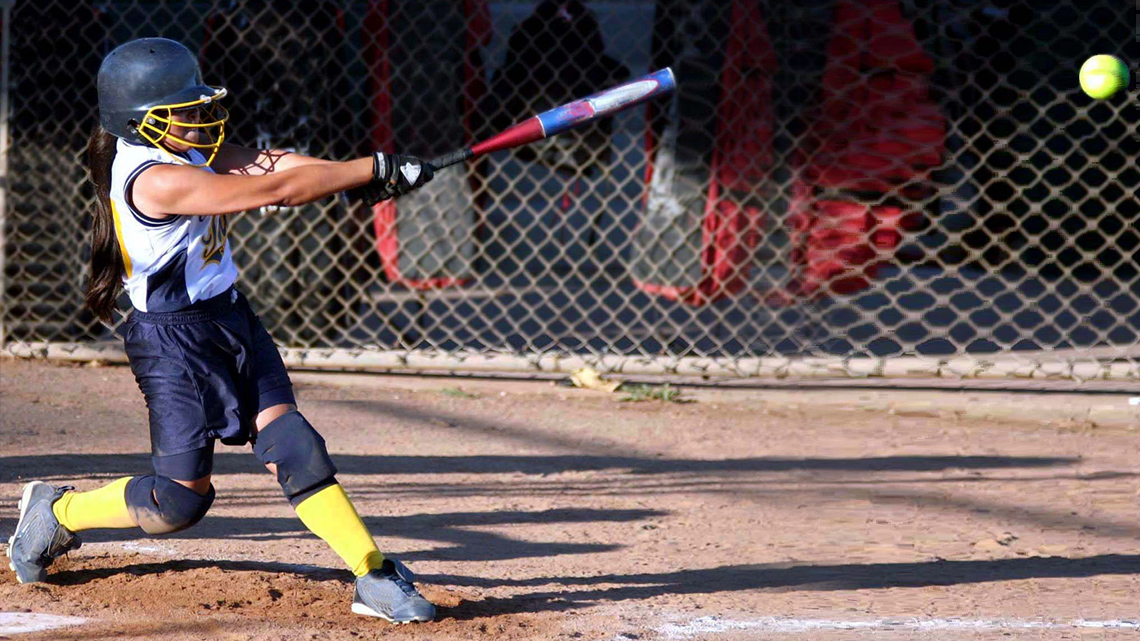Minds On
Similarities
Different activities and games can involve similar goals, equipment, or spaces.
Explore the following carousel of different games.
Action
Active games
There are five categories of active games. Each category groups games that have similar strategies.
We are now going to explore two types of active games: target games and strike and field games.
Let's get warmed up!
Always be sure to do your safety checks before starting an activity.
Before you begin, check:
Safety
Before you begin:
Warm Up
Let's stretch!
Warmups are simple activities that slowly increase our heart rate and get our muscles and joints ready!
Let's warm up with seated calf raises and quad stretches. Complete one or both stretches.
Seated calf raises
- If possible, sit up straight.
- Raise heels off the ground slightly and keep toes on the ground.
- Hold heels up and squeeze calves for 5 seconds.
- Return to the starting position.
- Repeat 10 times.
Quad stretches
- If possible, stand up straight and shift weight to right leg.
- Lift left foot back and hold it with left hand.
- Pull left foot towards buttocks and feel the stretch.
- Hold the stretch for 20 seconds and repeat with the right leg.
- Repeat 5 times.
- Optional: For extra support, place free hand on a nearby wall while stretching.
Target games
Target games are physical activities that involve aiming and sending an object towards a target.
Student Tips
Did you know?
Sending means to move an object away from you toward a goal or another person.
Throwing, kicking, or striking an object are all examples of sending skills.
In target games, players score by avoiding obstacles and hitting a target. Bowling, archery, golf, and curling are all examples of target games.
Check out the following video demonstrating bowling.
Target game strategies
Press each tab to explore strategies for targeting.
Aiming means to focus on a target that you are sending an object toward. Your target will be different depending on the game you are playing.
When aiming at a target, you should:
- turn your feet and body to face the target
- focus on where you are sending the object
- communicate effectively to the person you are sending the object to
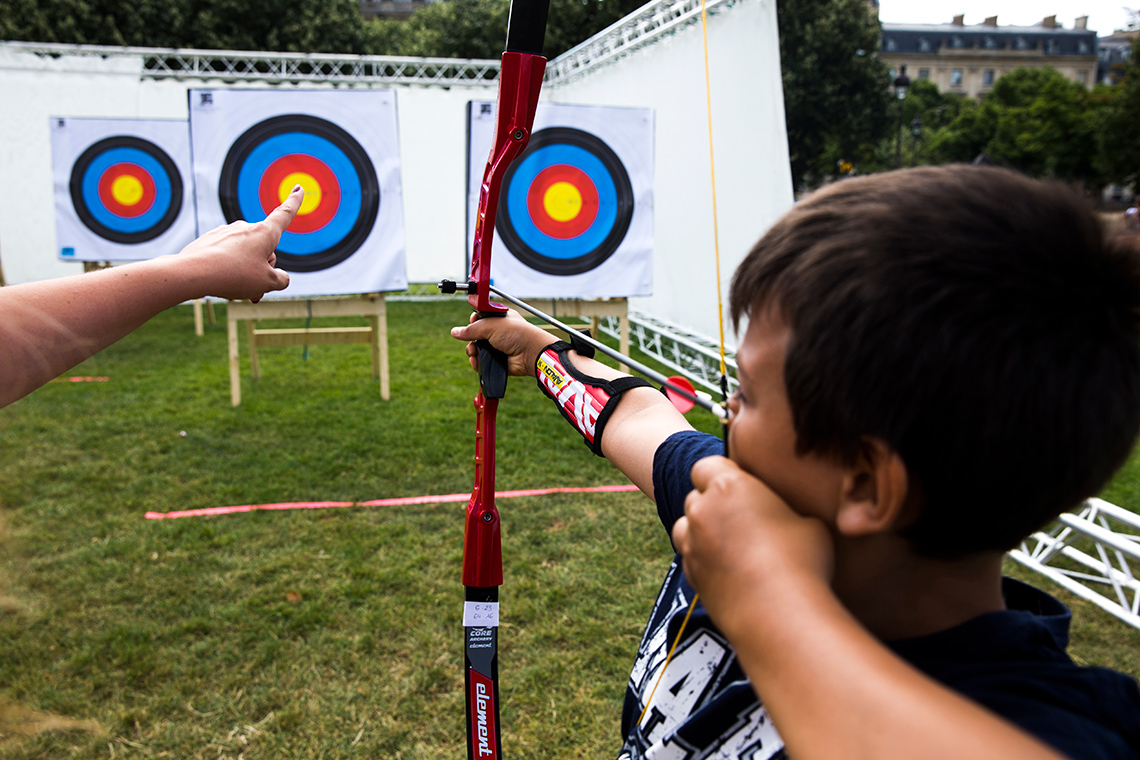
When sending an object, you should:
- focus on where you are sending the object
- communicate effectively to the person you are sending the object to
- aim with accuracy
- transfer your body weight as you send the object
- follow through in the direction you are sending the object
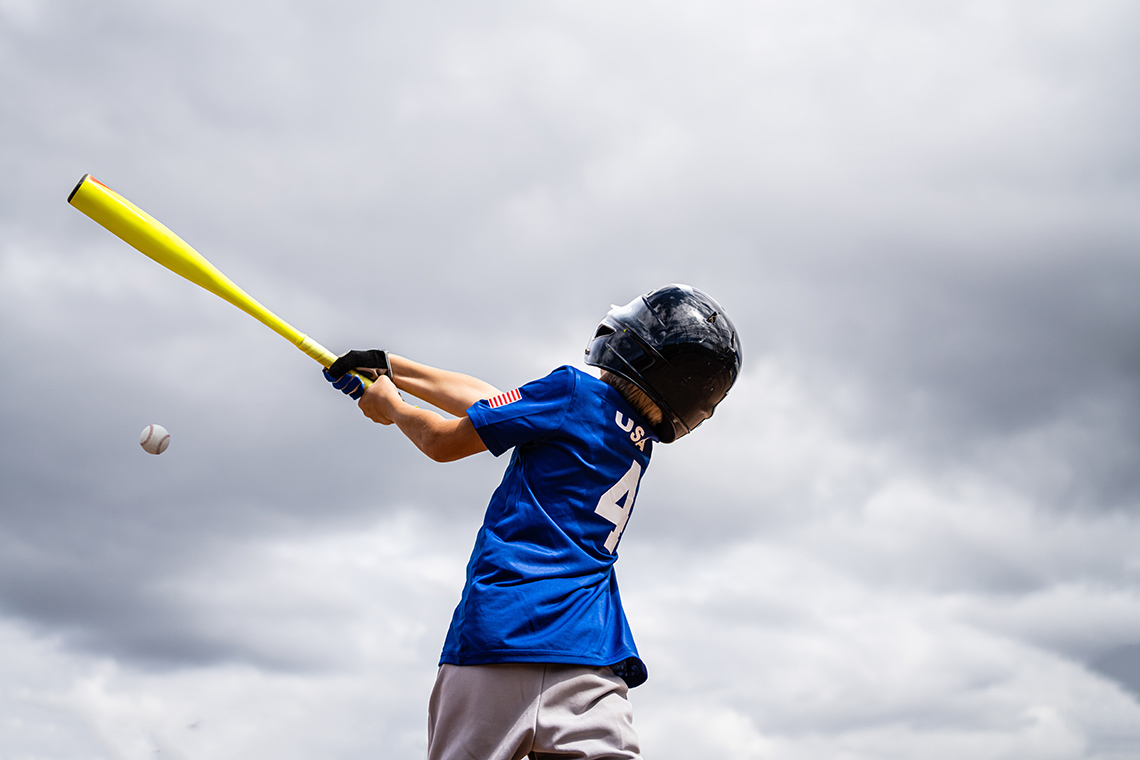
Try It
Practising targeting
In this activity, we will practise our targeting skills.
Complete one of the following targeting activities. You can complete both activities if you like.
Targeting with feet activity

Press the following tabs to access the equipment and steps required to complete this activity.
Safety reminder
Remember to perform your safety check before you begin!
- one object that can be kicked safely
- six cones, water bottles, or objects that can be knocked over
- If possible, set up your six objects that can be knocked over in random places around an open space. These are your targets.
- Aim and kick your ball or object at the targets to knock them over.
- Continue aiming and kicking your ball or object until all the targets are knocked over.
- Repeat steps 1 to 3 two more times, but set up your targets in different places. You can even arrange your targets into shapes, such as a square.
Targeting with equipment activity

Press the following tabs to access the equipment and steps required to complete this activity.
Safety reminder
Remember to perform your safety check before you begin!
- one soft object that can be thrown safely
- one racket, paper plate, or paddle
- one bucket, basket, bin, or box
- If possible, move to an open space and place your bucket, basket, bin, or box on the ground a short distance away from you. This is your target.
- Hold your ball and racquet, paper plate, or paddle in a ready position.
- Aim and send your ball or object into the target.
- Repeat steps 2 and 3 ten times. How many times can you send your ball or object into the target?
Strike and field games
Strike and field games are physical activities that involve sending an object using body parts or equipment, then collecting and returning the sent object.
Did You Know
Did you know?
Striking means to hit an object using body parts or equipment.
Fielding means to collect and return an object.
In strike and field games, one team or player strikes against another team or player that fields. The teams or players will switch who is striking and who is fielding based on the rules. Baseball and cricket are both examples of strike and field games.
Check out the following video demonstrating cricket.
Strike and field game strategies
There are different strategies you can use to improve your striking and fielding skills.
Press each tab to explore strategies for striking and fielding.
When striking an object, you should:
- focus on the object
- bring your hand, foot, or equipment slightly back or below the object
- contact the object by extending your arms, legs, or equipment
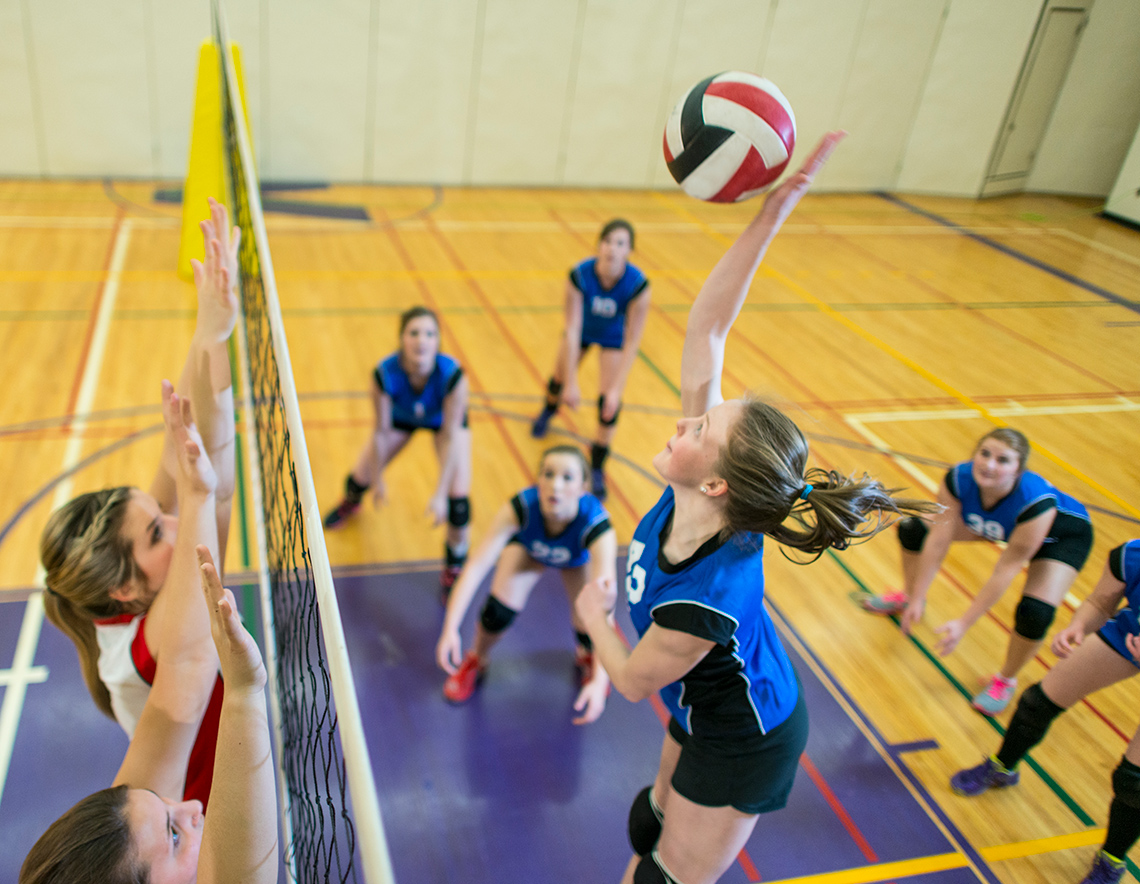
When fielding an object, you should:
- get into a ready position
- focus on the object once it is struck
- move to where the object is going
- have your body part or equipment ready to receive the object
- put your body in front of or under the object, rather than reaching out towards it
- catch the object or collect the object if you are unable to catch it
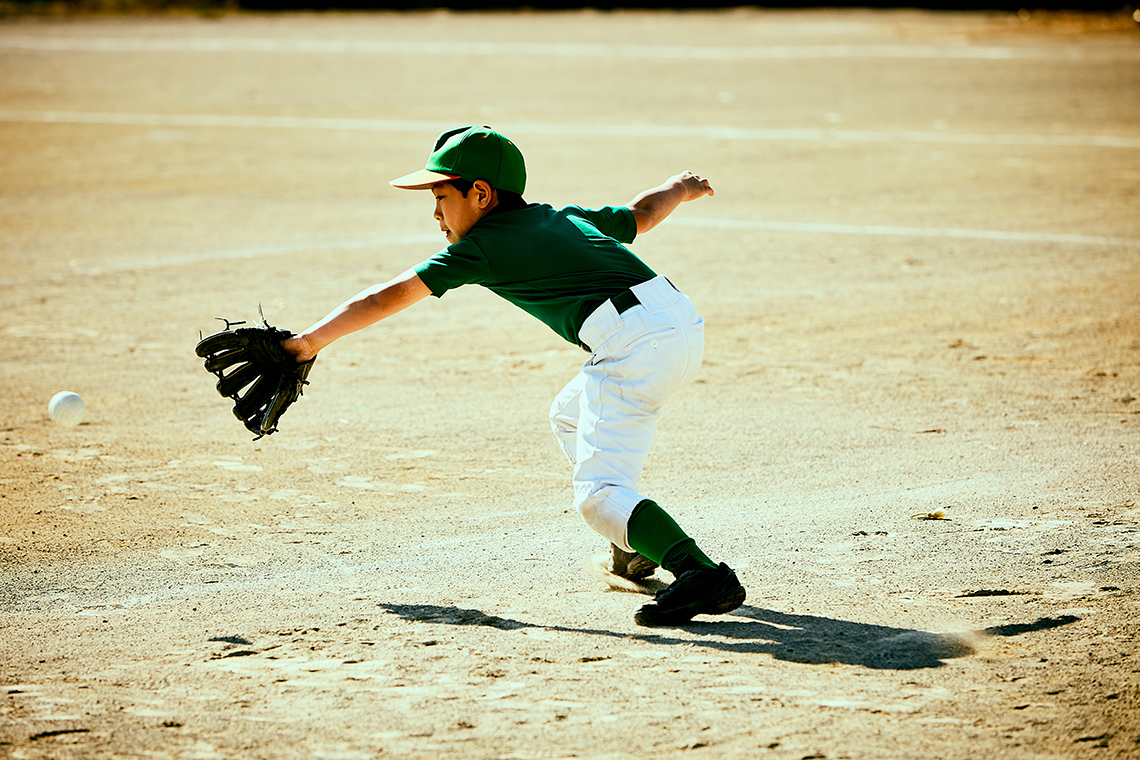
Try It
Practising fielding activity
In this activity, we will practise our fielding skills.

Press the following tabs to access the equipment and steps required to complete this activity.
Remember to perform your safety check before you begin!
One object that you can be thrown safely
- If possible, move to an open space and hold your object in a ready position.
- Send the object up into the air and a short distance away from you.
- Focus on the object, move towards it, and try to field the object by catching it.
For an extra challenge, run, shuffle, or hop to field your object after you throw it.
Pause and Reflect
Time to reflect
When you are finished with targeting and fielding activities, reflect on the following questions:
- What are some similarities between the targeting and fielding activities?
- Did you use similar strategies during these activities?
Record your ideas on paper, on a computer, as an audio or video clip, or by using another method of your choice.
Cool Down
Chair circles and cross jacks cooldown
We're now going to cool down with chair circles and cross jacks.
Remember to take slow and deep breaths as you allow the heart rate to return to a normal pace.
Chair circles
- If possible, sit tall with feet on the ground and arms outstretched forward.
- Cross arms and bring hands to opposite shoulders (left hand on right shoulder, right hand on left shoulder).
- Hold this position, bend forward, and move upper body in circles to the right for 20 seconds.
- Now, move the upper body in circles to the left for 20 seconds.
Cross jacks
- If possible, stand tall with feet shoulder-width apart and arms extended out to the sides.
- Jump up and cross left leg in front of the right, and left arm over the right.
- Jump again and return to the starting position.
- Repeat for 25 seconds. Start off slowly, then increase speed.
Consolidation
Let's review!
We are now going to review our knowledge of target, strike, and field games.
For each image, select the corresponding category of active games that it belongs to.
For each image, select the corresponding category of active games that it belongs to.
Now, choose two target games or two strike and field games that we have explored, then answer the following questions:
- How are these two games similar?
- Why do these two games fit into their category of active games?
- How are these two games different?
Record your ideas on paper, on a computer, as an audio or video clip, or by using another method of your choice.
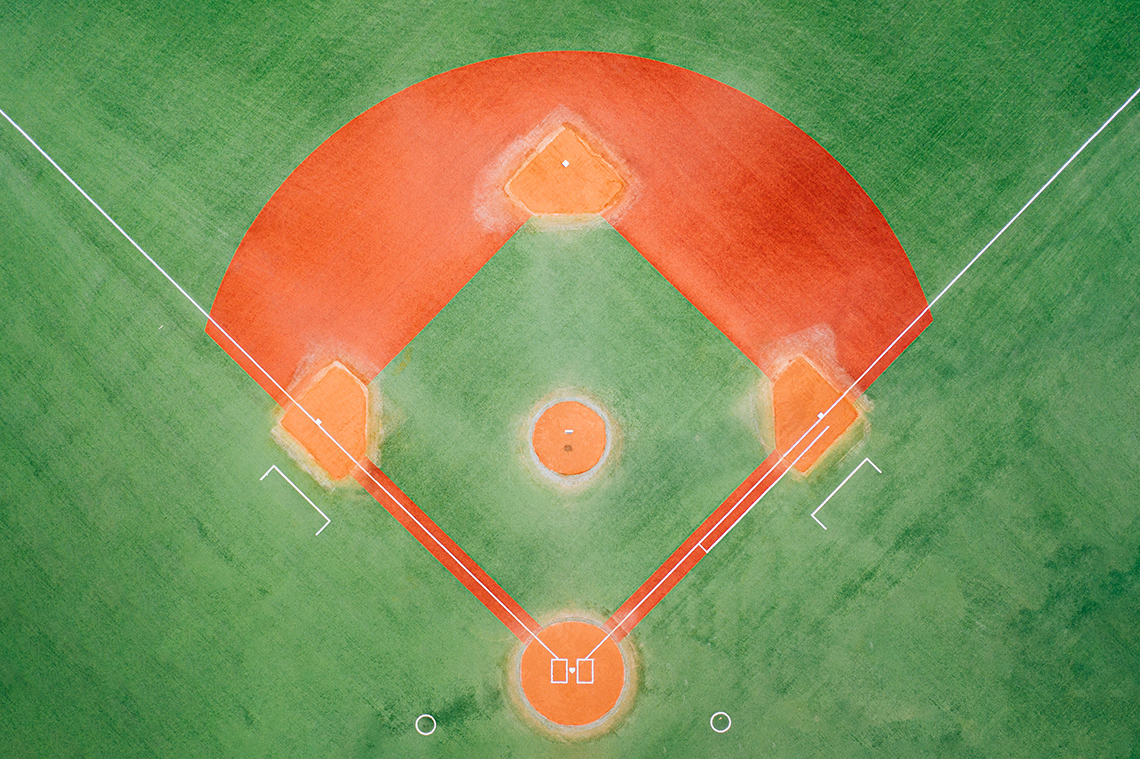
Reflection
As you read through these descriptions, which sentence best describes how you are feeling about your understanding of this learning activity? Press the button that is beside this sentence.
I feel…
Now, record your ideas using a voice recorder, speech-to-text, or writing tool.
